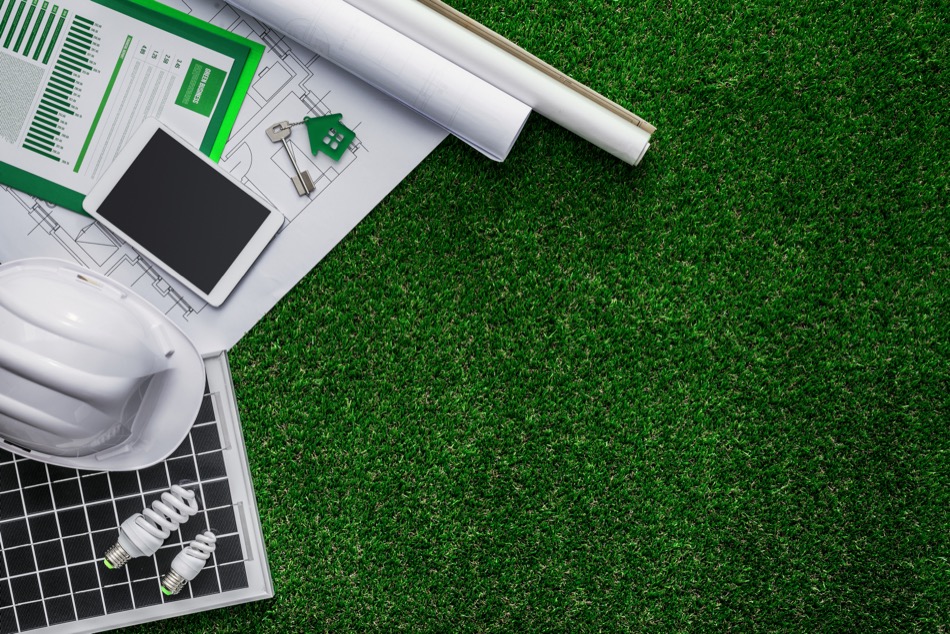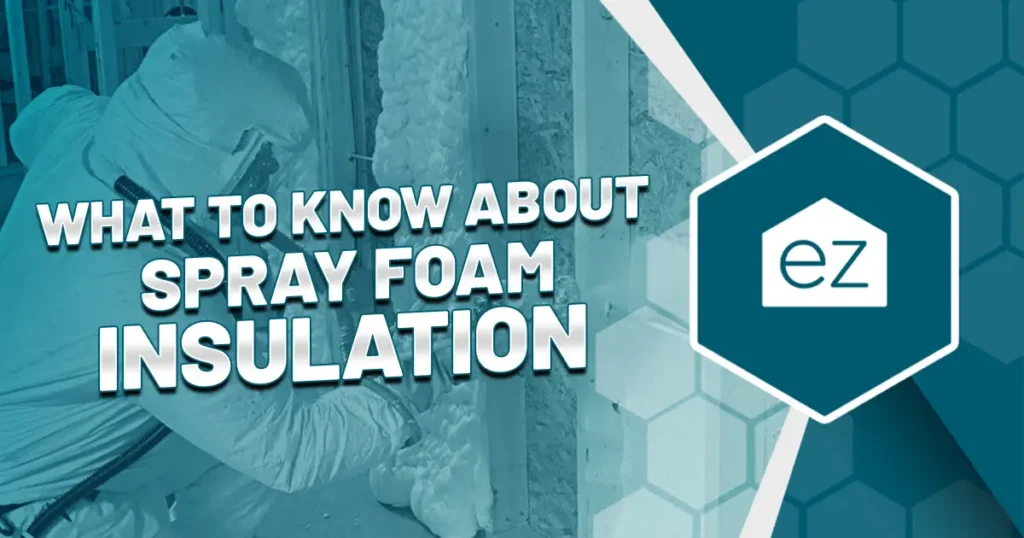6 Sustainable Materials, Technologies, and Building Practices for New Construction Homes
 Sustainable materials and technologies reduce the carbon footprint of new homes and lead to more energy-efficient homes. When integrated into new home construction, purposefully adding in upgrades from sustainable building materials increases return on investment and improves the quality of life. If you’re a homeowner who will soon be working with a contractor to build your new home, these six sustainable materials and technologies can be valuable additions.
Sustainable materials and technologies reduce the carbon footprint of new homes and lead to more energy-efficient homes. When integrated into new home construction, purposefully adding in upgrades from sustainable building materials increases return on investment and improves the quality of life. If you’re a homeowner who will soon be working with a contractor to build your new home, these six sustainable materials and technologies can be valuable additions.
Reclaimed Wood
Reclaimed wood is wood previously used in a different structure. Sometimes, it is taken from homes or buildings that are being torn down. Other times, it is taken from old furniture pieces when deconstructed. Recycled wood reduces the environmental impact of new construction because you’re reusing already chopped-down trees instead of new raw materials.
People covet reclaimed wood as a building material for many reasons. In addition to being eco-friendly, using reclaimed wood for flooring, ceilings, or furniture adds character to a home. It is often marked with holes and stains from its previous life. While these imperfections can be sanded down or filled in, many homeowners keep the boards as is because of their authentic character. Some homeowners prefer reclaimed wood because some antique wood is no longer readily available as a building material, like some cherry, elm, and walnut wood. Others like the story they can tell–”These beams came from an old barn down the road,” or, “This floor was from a 19th century home.”
One thing is sure: reclaimed wood can increase a home’s resale value.
Bamboo
Bamboo looks and performs much like hardwood. It is a sustainable alternative because it is faster-growing than woods like oak or walnut. Whereas a tree can take about 20 years to reach maturity for harvest, bamboo is ready in about six years. As a raw material, it’s relatively affordable and easy to maintain. Plus, premium types of bamboo are very durable and long-lasting.
When purchasing bamboo for a new construction home, purchase bamboo of good quality and sell it by reputable dealers. Some types of bamboo, such as engineered bamboo flooring, are not long-lasting or durable. If you have to replace it earlier, you lose the sustainability benefits.
Solar Panels
Solar panels reduce a homeowner’s dependency on the electrical grid while also reducing the homeowner’s carbon footprint. Installing solar panels can be expensive, running in the tens of thousands of dollars for a standard system. They’re made more affordable by tax rebates and new solar loan programs.
On the upside, having solar panels reduces the home’s energy costs and the negative impacts of coal and nuclear power energy. Renewable energy for power works best in homes that have reduced their energy consumption.
Green Insulation
Standard insulation is made from synthetic materials like fiberglass and foam. Green insulation is made from many materials, including recycled denim and sheep’s wool. Essentially, it takes natural materials and repurposes them to keep homes warm or cool.
One reason that home buyers prefer green insulation to other materials is that it can be as effective as synthetic materials when it comes to thermal resistance. As organic materials, they have fewer toxic chemicals in their production. It can be used in exterior walls, attics, or interior spaces.
However, acquiring green insulation is not as easy as standard insulation. Homeowners who would like to install this type of insulation should plan ahead. You’ll also want to check the thermal properties of the chosen green insulation product to ensure it’s right for the local environment.
Low-Flow Plumbing Fixtures
Low-flow plumbing fixtures help conserve water and save money on water utilities. These fixtures include shower heads, sink faucets, bathtub faucets, and toilets. In fact, toilets are a perfect example of how plumbing fixtures have changed over the years. In the 1950s, toilets used as much as seven gallons of water per flush. Today, they can use as little as 1.28 gallons per flush, a major improvement in water conservation.
Smart, Energy-Efficient Appliances
Smart, energy-efficient appliances do more than use energy wisely. They can be adapted to homeowner preferences to ensure they reduce the home’s overall energy consumption.
One example of how this works is smart thermostats, which can “learn” a homeowner’s preferences. The smart thermostat then changes the temperature of the house throughout the day according to those preferences. Smart appliances save money and energy by only using exactly as much energy as is needed to keep the house comfortable and functioning well.
Work With an Experienced Home Builder
When building a home with sustainable fixtures and interior features, working with a builder who understands the installation process is essential. Hire a builder who has used these sustainable building materials in the past and can work with them skillfully.
Ask the builder about their experience working with eco-friendly materials and how they are reducing their environmental impact. Look at their portfolio to see if sustainability is one of their values. The more they can talk about how they have worked with sustainable construction materials in the past, the easier it will be for you to evaluate whether that builder is right for you.
Updated April 2024
Start Your Home Search
Preston Guyton
Share this Post
Related Articles
Buying a Home
Conforming Loan Limits: A Guide for Homebuyers
Buying a Home
What to Know About Termites In Your Home
Buying a Home
What to Know About Spray Foam Insulation
Buying a Home





